Growth in Cosmetic Applications
The Light Interference Pigment Market is witnessing significant growth in the cosmetics sector, where these pigments are increasingly utilized in makeup products. The unique optical properties of light interference pigments allow for the creation of vibrant and multi-dimensional colors, which are highly appealing to consumers. The cosmetics market has shown a robust growth trajectory, with an estimated increase of around 6% annually. This trend is largely attributed to the rising consumer interest in high-quality, visually captivating cosmetic products. As brands strive to differentiate themselves in a competitive landscape, the incorporation of light interference pigments into formulations is likely to enhance product offerings, thereby driving demand within the light interference pigment market.
Rising Demand in Automotive Sector
The Light Interference Pigment Market is experiencing a notable surge in demand from the automotive sector. As manufacturers increasingly seek to enhance the aesthetic appeal of vehicles, the use of light interference pigments has become prevalent. These pigments provide unique color-shifting effects that are highly sought after in automotive coatings. According to recent data, the automotive coatings segment is projected to grow at a compound annual growth rate of approximately 5% over the next few years. This growth is driven by consumer preferences for innovative and visually striking vehicle finishes, which light interference pigments can effectively deliver. Consequently, the automotive industry's expansion is likely to bolster the overall demand for light interference pigments, positioning this market for sustained growth.
Innovations in Coating Technologies
The Light Interference Pigment Market is benefiting from ongoing innovations in coating technologies. Advances in application techniques and formulations are enabling manufacturers to utilize light interference pigments more effectively. For instance, the development of water-based coatings that incorporate these pigments is gaining traction due to their environmental benefits and ease of application. The coatings market is projected to expand at a rate of approximately 4% per year, driven by the increasing demand for sustainable and high-performance products. As these innovations continue to evolve, they are expected to enhance the performance characteristics of coatings, thereby increasing the adoption of light interference pigments across various applications.
Expansion in Decorative Applications
The Light Interference Pigment Market is experiencing growth due to the expansion of decorative applications. These pigments are increasingly used in various decorative products, including paints, plastics, and textiles, to create visually appealing finishes. The decorative coatings segment is anticipated to grow at a rate of around 5% annually, driven by consumer preferences for unique and aesthetically pleasing products. As manufacturers seek to differentiate their offerings, the incorporation of light interference pigments is likely to become more prevalent. This trend suggests a promising outlook for the light interference pigment market, as it aligns with the broader movement towards customization and personalization in consumer goods.
Increasing Focus on Sustainable Products
The Light Interference Pigment Market is influenced by the increasing focus on sustainability within various sectors. As consumers become more environmentally conscious, there is a growing demand for sustainable and eco-friendly products. Light interference pigments, particularly those derived from natural sources or produced through sustainable processes, are gaining traction. The market for sustainable coatings is projected to grow at a compound annual growth rate of approximately 7%, reflecting the shift towards environmentally responsible choices. This trend is likely to drive the adoption of light interference pigments, as manufacturers seek to align their products with consumer expectations for sustainability, thereby enhancing the overall market potential.


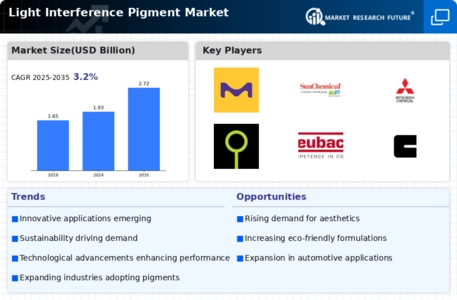
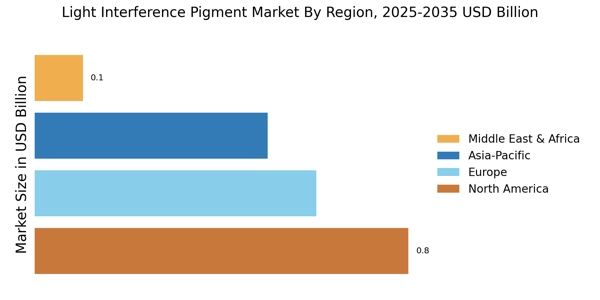

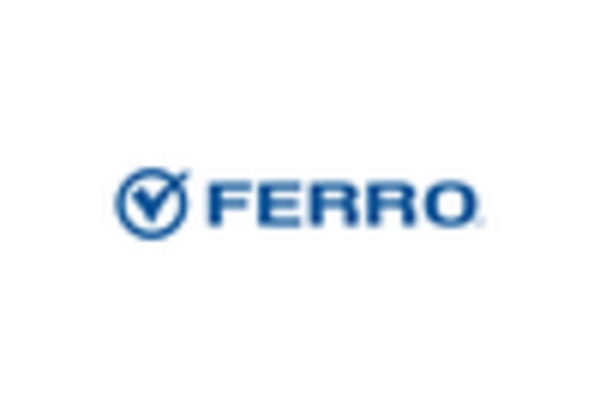

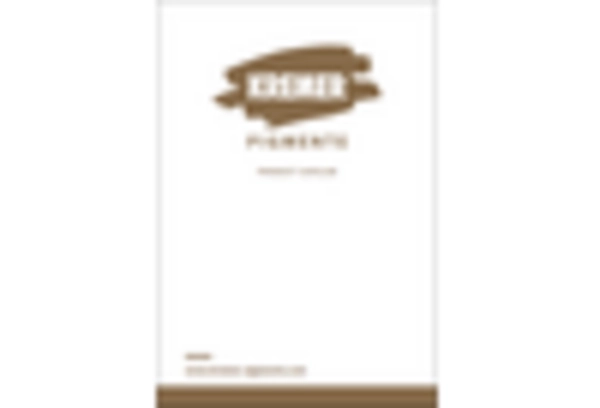

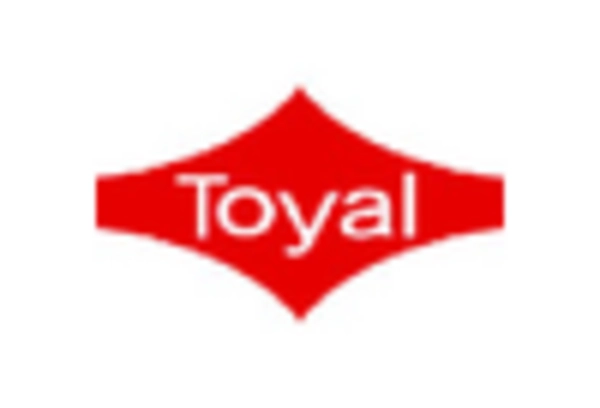








Leave a Comment